



Copyright infringement not intended
Picture Courtesy: thehindu
India needs a self-reliant supply chain for critical minerals like lithium, cobalt, and Rare Earth Elements to achieve its 2030 clean energy goals (500 GW renewable energy) and 2070 net-zero emissions target, given global competition and geopolitical factors
They are essential for modern technology, clean energy, economic competitiveness, and national security, powering devices, green technologies, industry, and defense.
The "criticality" of a mineral is determined by two main factors:
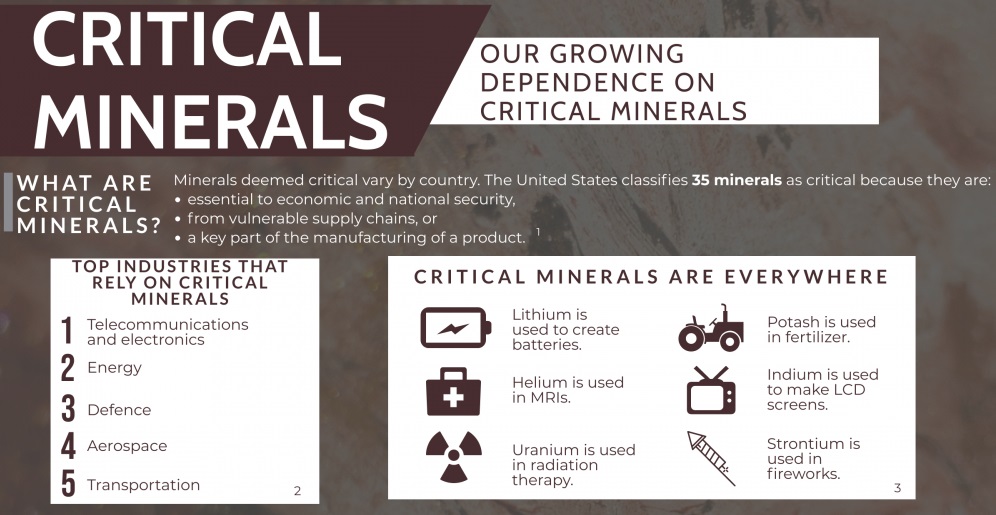
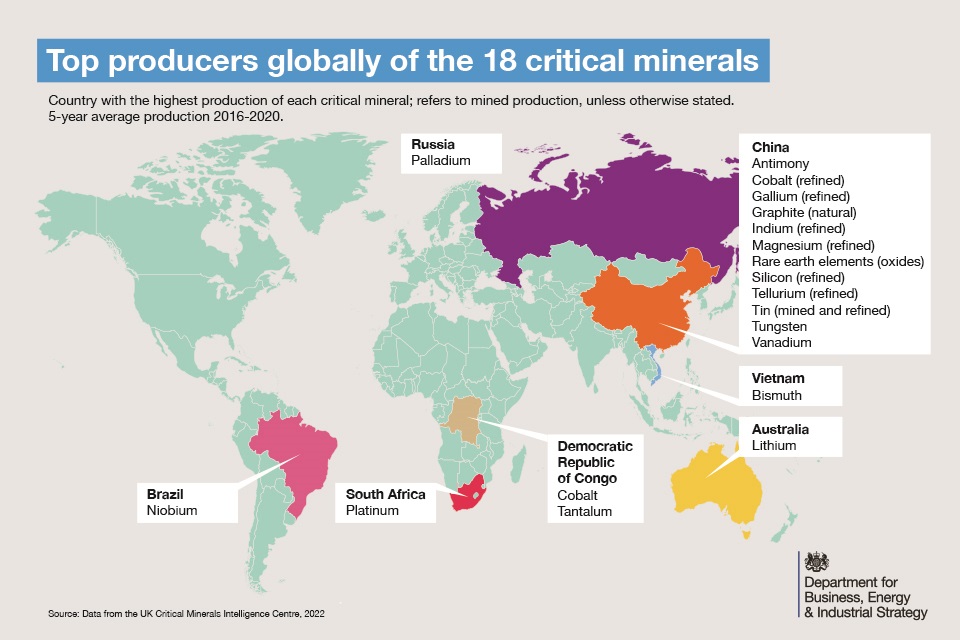
Examples of critical minerals
The list of critical minerals varies by country, depending on its specific economic and security needs. For example, India identified 30 critical minerals in 2023. Examples include:
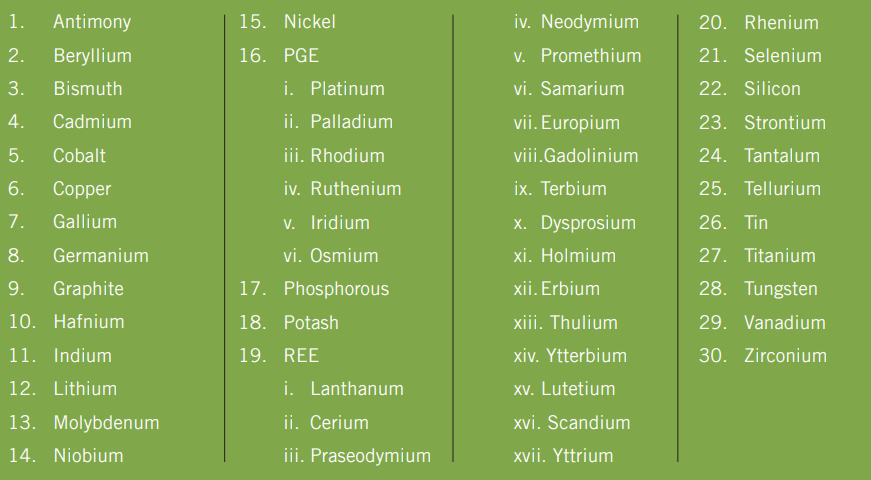
Green energy transition
Critical minerals are vital for India's clean energy transition, supporting its 2030 renewable energy target of 500 GW and 2070 net-zero emissions goal.
Economic growth and high-tech manufacturing
A domestic critical mineral supply is crucial for India's manufacturing, economic growth, and "Atmanirbhar Bharat" vision.
National security and strategic autonomy
Control over critical minerals has become a new frontier in geopolitics, and India's reliance on a limited number of countries, like China, creates supply chain vulnerabilities.
Food Security
Potash and other critical minerals are essential for fertilizer and food production. Securing their supply is vital for India's food security.
Extreme Import Dependence
India is nearly 100% dependent on imports for lithium, cobalt, and nickel, and over 90% dependent for Rare Earth Elements (REEs). This places India in a precarious position, subject to global price volatility and supply disruptions.
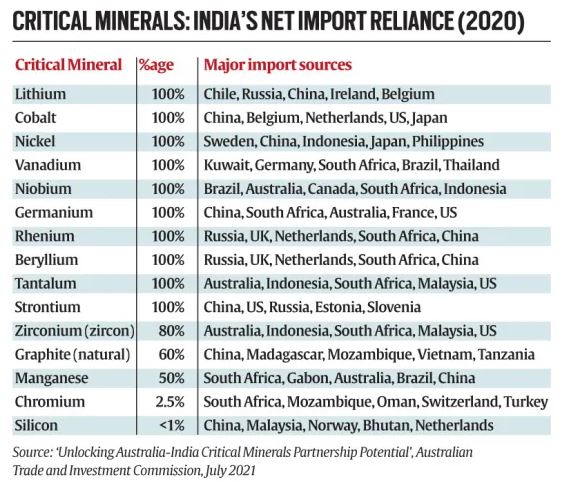 The Geopolitical Risk from China
The Geopolitical Risk from China
The risk is concentrated, as China controls 60% of global REE production and 85% of its processing capacity (Source: International Energy Agency). This near-monopoly grants China significant geopolitical leverage, risking trade restrictions that could hinder India's clean energy and industrial growth.
Domestic Mining and Processing Gap
While India has vast untapped potential—including the 5.9 million tonnes of inferred lithium resources identified in J&K in 2023—it currently contributes less than 1% of global REE production. The limitation lies in the capacity to process and refine raw ores, not in the exploration for them.
A Missed Opportunity in Urban Mining
India annually produces nearly four million metric tonnes of e-waste, but only 10% is formally recycled. This signifies a lost opportunity to recover valuable critical minerals from "urban mines" through a robust circular economy. (Source: The Hindu)
National Critical Mineral Mission (NCMM)
Launched with a ₹34,300 crore plan, the NCMM is a comprehensive initiative aimed at strengthening the entire value chain—from exploration and mining to processing and recovery from end-of-life products.
Mines and Minerals (Development and Regulation) Amendment Act, 2023
This landmark legislation opened up private exploration for critical minerals, a crucial step to accelerate discovery and attract investment. Recent successful auctions of 20 critical mineral blocks have attracted bids from both Indian and multinational companies.
KABIL (Khanij Bidesh India Ltd.)
Formed in 2019, this state-run joint venture's mandate is to secure overseas mineral assets through equity acquisition and joint ventures in resource-rich, friendly nations.
Circular Economy Framework
The E-Waste (Management) Rules, 2022, and Battery Waste Management Rules, 2022, establish the regulatory framework to enhance mineral recovery and recycling, setting targets and responsibilities for producers.
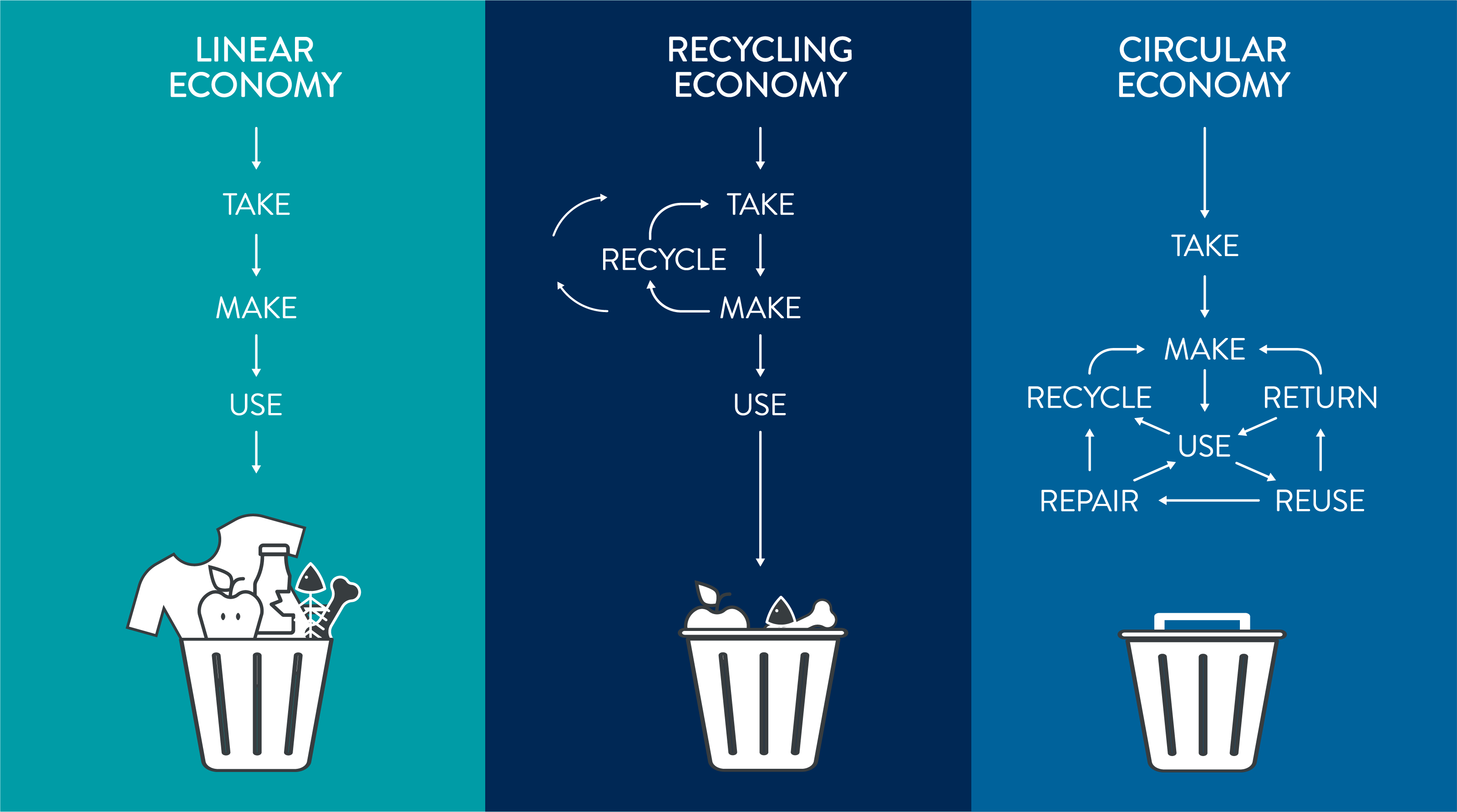 Way Forward
Way Forward
Strengthen Domestic Supply and Foster a Circular Economy
Operationalise Mining Leases: Expedite environmental clearances and infrastructure for auctioned mineral blocks—Lithium in J&K, REEs in Odisha and Andhra Pradesh—for operational mines.
Invest in Processing and Refining: Provide Production-Linked Incentives (PLIs), tax breaks, and research grants to attract private investment in building domestic processing capacity.
Incentivize Urban Mining: IInvest in advanced recycling facilities and strictly enforce e-waste management rules to recover valuable minerals from used batteries and electronics.
Modernise Energy Infrastructure and Mobilise Finance
Invest in Green Energy Corridors: Accelerate investment in grid infrastructure to ensure the stable and efficient evacuation of power from renewable sources.
Digitize Grid Management: Use AI and smart metering to forecast demand, manage the intermittency of renewables, and optimize the dispatch of power.
Address DISCOM Health: Resolve state-owned distribution companies' financial instability to boost renewable project bankability and attract low-cost finance.
Enhance International Cooperation and Build Resilient Supply Chains
Empower KABIL: Provide KABIL with the diplomatic and financial backing to expedite the acquisition of overseas mineral assets.
Strengthen Strategic Partnerships: Strengthen collaboration with mineral-rich democracies such as Australia, as exemplified by the India–Australia Renewable Energy Partnership.
Promote Technology Transfers: Collaborate on R&D and joint ventures to acquire advanced mineral processing and recycling technologies, decreasing reliance on single countries.
To achieve clean energy self-reliance, India must boost domestic critical mineral mining, recycling, and processing, ideally via public-private partnerships, to support its EV, solar, and energy storage goals and become a green economy leader.
Source: thehindu
|
PRACTICE QUESTION Q. India's clean energy transition is heavily dependent on a robust and self-reliant critical minerals sector. Critically analyze. 250 words |
At the COP26 summit, India pledged to achieve 500 gigawatts (GW) of installed electricity capacity from non-fossil fuel sources by 2030. This initiative is a component of India's broader commitment to reach net-zero emissions by 2070.
Launched in February 2024, this scheme provides free electricity to 10 million households by subsidizing rooftop solar panel installation, offering up to 300 free units monthly. After installation and DISCOM verification, the subsidy is credited to the beneficiary's bank account within 30 days.
The PM-KUSUM program (Pradhan Mantri Kisan Urja Suraksha evam Utthaan Mahabhiyan) offers financial aid to farmers for installing solar irrigation pumps. This program assists farmers in replacing diesel pumps and allows them to sell surplus solar power to the grid.
© 2025 iasgyan. All right reserved